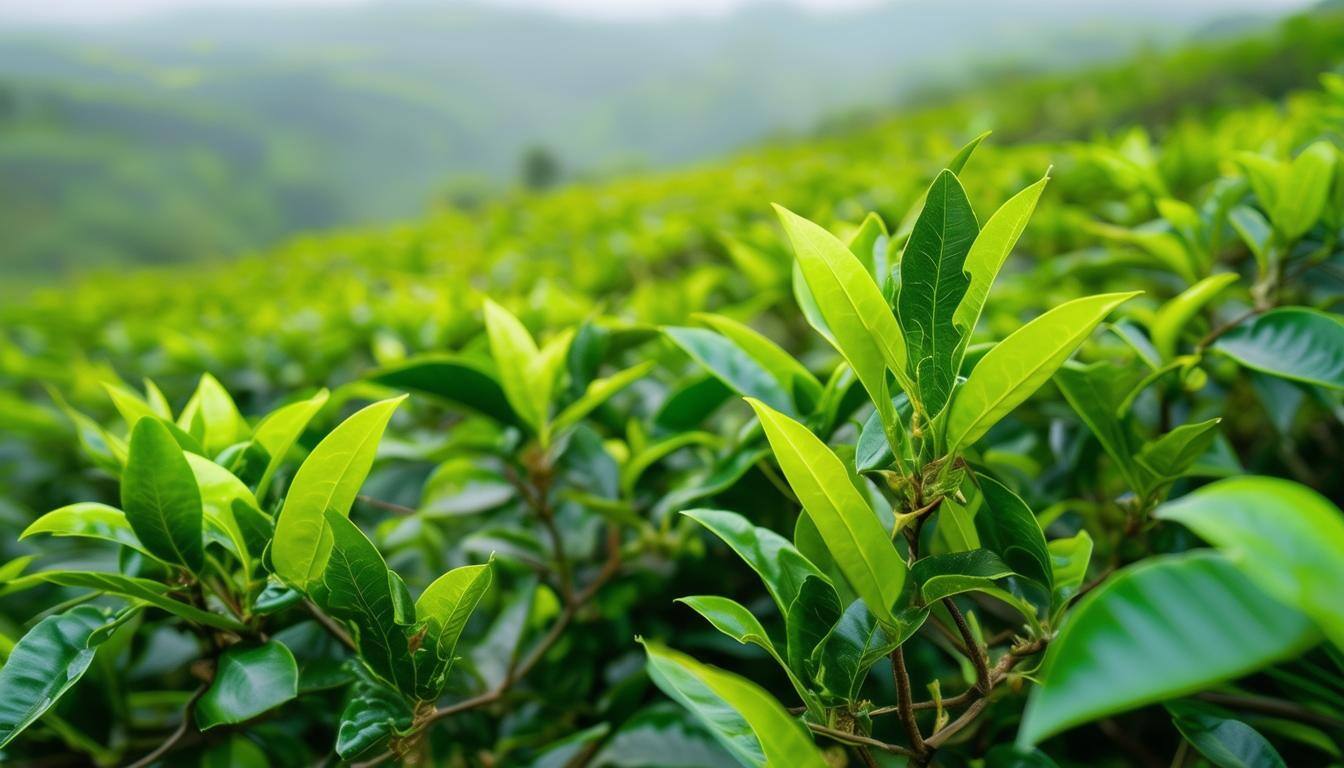The Food and Drug Administration (FDA) plays a crucial role in ensuring that food products, including tea, meet safety and labeling standards in the United States. As the popularity of tea continues to rise, understanding the regulatory landscape is essential for producers, distributors, and consumers alike. This article delves into the intricacies of FDA regulations surrounding tea, covering definitions, labeling requirements, safety standards, and more.
Defining Tea Under FDA Regulations
According to the FDA, tea is categorized as a beverage derived from the leaves, buds, or stems of the Camellia sinensis plant. The primary types of tea include:
- Green Tea: Made from unoxidized leaves.
- Black Tea: Fully oxidized leaves, resulting in a darker color and robust flavor.
- Oolong Tea: Partially oxidized, falling between green and black tea.
- White Tea: Made from the young leaves and buds, minimally processed.
- Herbal Tea: Not technically tea as it does not come from the Camellia sinensis plant but rather from a variety of herbs, spices, or flowers.
Each type may be subject to different guidelines depending on their composition and intended use.
Labeling Requirements for Tea Products
Labeling is a critical component of FDA regulations, ensuring transparency and consumer safety. The following elements are mandatory on tea packaging:
- Product Name: The name of the tea must accurately reflect its type and blend, e.g., "Green Tea" or "Herbal Infusion."
- Ingredient List: All ingredients must be listed in descending order by weight, including flavorings and additives.
- Nutritional Information: A Nutrition Facts label is required if the product makes a nutritional claim or is intended for consumption as a food product.
- Allergen Information: Common allergens, such as gluten or nuts, must be clearly indicated if present in the product.
- Net Weight: The weight of the contents must be stated in both metric and customary units.
Health Claims and Marketing Regulations
Tea producers often leverage health claims to promote their products; however, these claims must adhere to stringent FDA guidelines. The types of claims include:
- Nutrient Content Claims: These describe the level of a nutrient in a product (e.g., "high in antioxidants").
- Health Claims: Statements linking consumption of tea to reduced risk of a disease must be supported by scientific evidence and undergo FDA review.
- Structure/Function Claims: These claims describe the role of a nutrient or ingredient in the body (e.g., "supports heart health"). While they do not require FDA approval, they must not be misleading.
Producers should maintain accurate records and documentation to substantiate these claims to avoid potential legal repercussions.
Safety and Quality Standards
Ensuring the safety and quality of tea products is paramount. The FDA mandates that tea manufacturers adhere to the following standards:
- Good Manufacturing Practices (GMP): These guidelines outline the necessary practices to ensure products are consistently produced and controlled according to quality standards.
- Pesticide Residue Limits: Tea must comply with the Environmental Protection Agency’s (EPA) regulations regarding pesticide residues to ensure safety for consumers.
- Microbial Testing: Regular testing for pathogens and contaminants such as Salmonella and E. coli is essential to safeguard public health.
Import Regulations and Compliance
For imported tea, compliance with FDA regulations is critical. Imported products must meet the same safety and labeling standards as domestic products. Importers should be aware of:
- Prior Notice: Importers must submit prior notice to the FDA before the shipment arrives in the U.S.
- Compliance with Tariff Regulations: Tea imports may be subject to tariffs and must comply with U.S. Customs regulations.
- Inspection and Sampling: Imported tea may be subject to FDA inspection and sampling to ensure compliance with all regulations.
Challenges and Future Considerations
The tea industry faces various challenges related to regulatory compliance, market competition, and consumer expectations. Key considerations include:
- Traceability: Ensuring the traceability of tea from farm to consumer is increasingly important for transparency and safety.
- Consumer Education: Educating consumers about the health benefits and potential risks associated with tea consumption can foster informed choices.
- Sustainability Practices: Aligning with sustainable sourcing and production practices can enhance brand reputation and consumer loyalty.
Conclusion
Understanding FDA tea regulations is essential for all stakeholders in the tea industry. Compliance with labeling requirements, safety standards, and marketing regulations not only protects consumers but also supports the integrity of the industry as a whole. By staying informed and proactive, tea producers can navigate the regulatory landscape effectively and adapt to the evolving market demands.





.webp?width=1644&height=1254&name=Food%20Safety%20Dashboard%201%20(1).webp)
